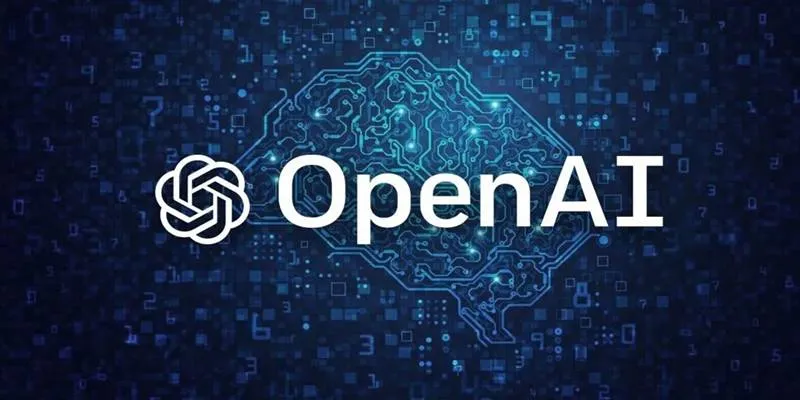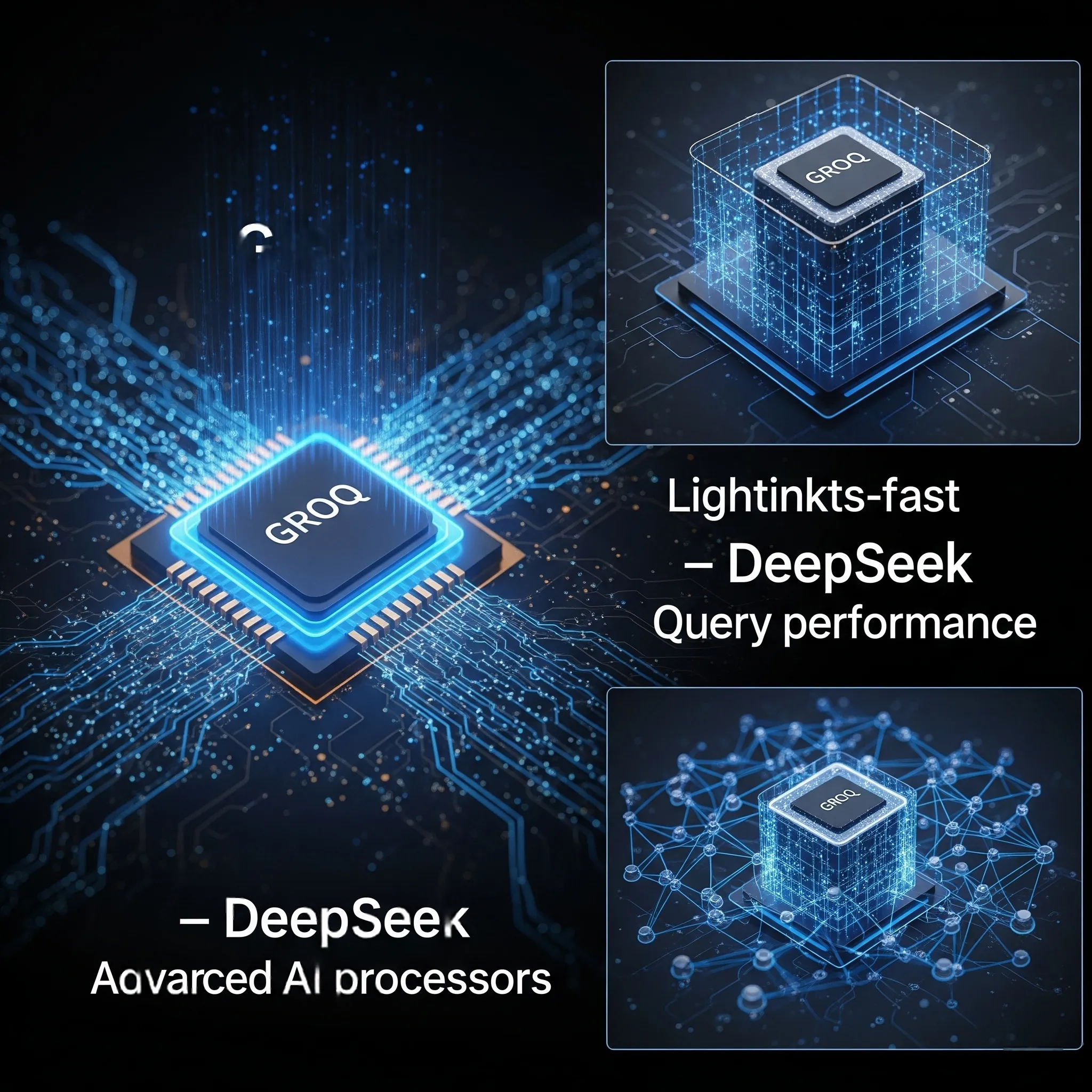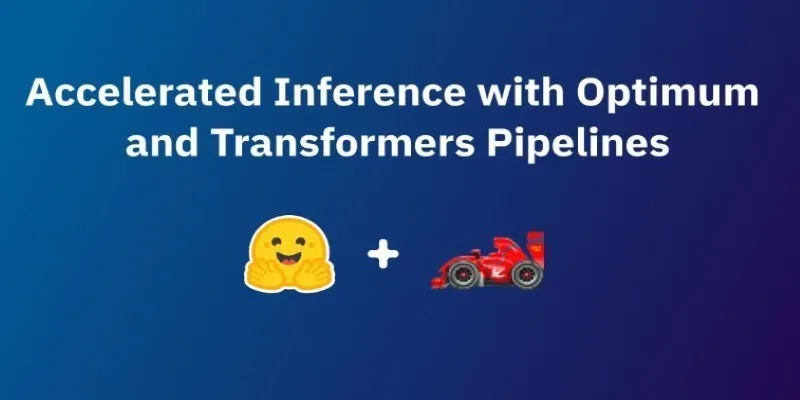Artificial intelligence (AI) is advancing rapidly, and OpenAI’s latest release, the DeepSeek Challenger Model, stands out for its ambition and scope. This new model arrives amidst growing competition and public curiosity about future AI systems.
Rather than being just another upgrade, DeepSeek Challenger is a response to the demand for smarter, more adaptable, and transparent language models. OpenAI aims to refine how AI understands and interacts with human input, ensuring greater reliability and control.
What Makes DeepSeek Challenger Different?
The DeepSeek Challenger Model addresses gaps observed in earlier iterations of large language models. Although previous systems were fluent and creative, they sometimes lacked precision and factual grounding. This model prioritizes consistency, factual grounding, and interpretable decision-making. The term “Challenger” reflects OpenAI’s ambition to challenge weaknesses in earlier designs and set a higher standard for AI in real-world use.
One standout feature of the DeepSeek Challenger is its ability to clearly cite and explain its answers. Users not only receive information but also see the justifications, linking back to trusted data. This transparency makes the model suitable for scenarios where accountability is crucial, such as education, journalism, and research. It handles ambiguous questions with nuance, avoiding overconfident statements that can mislead.
Training the DeepSeek Challenger involves an expanded dataset combining open web content, curated publications, and structured data. OpenAI has refined reinforcement learning techniques to align model behavior with human feedback, reducing harmful responses while maintaining creativity and adaptability. The model is more resistant to biased outputs and less prone to generating offensive content.
Design Philosophy and Technical Direction
The design philosophy of DeepSeek Challenger balances creativity with caution, responsiveness with restraint, and fluency with factuality. OpenAI focuses on smarter architecture rather than sheer parameter count, emphasizing fine-tuned control and better alignment with user intent. This approach reflects broader AI research trends prioritizing efficiency, sustainability, and ethical safeguards.

The architecture integrates advanced attention mechanisms to better track context in longer conversations, reducing the problem of forgetting earlier parts of a dialogue. It’s optimized to run efficiently across various hardware setups, making it more accessible to developers and businesses with limited resources. Its modular adaptability allows developers to adjust parameters and behaviors, aligning the model with specific needs without retraining the entire system.
Potential Impact and Use Cases
The DeepSeek Challenger Model’s release sparks discussions about its impact on industries already using AI tools. Education benefits from the model’s clarity and traceability, aiding teachers and students in trusting the material. It helps academic researchers sort through large volumes of data and summarize key findings, avoiding the pitfalls of earlier models that sometimes invented citations.
For content creators, the model’s nuanced approach maintains originality and authenticity. Writers, editors, and journalists can use it as a collaborative tool that respects factual boundaries while supporting longer projects requiring consistency.
In healthcare, where accuracy is crucial, the model’s ability to qualify statements and show reasoning can support professionals without replacing their judgment. Customer service, relying on conversational AI, can see improvements in user satisfaction as the model maintains longer, natural conversations while keeping facts straight.
The Future of AI with DeepSeek Challenger
OpenAI’s DeepSeek Challenger Model responds to calls for more trustworthy and transparent AI tools. Instead of chasing only the biggest or flashiest capabilities, the team focuses on solving real problems users face. This model will likely influence AI adoption in education, media, healthcare, and beyond, enabling users to understand how the machine arrives at its output.

Questions remain about the model’s deployment and performance compared to other leading systems. However, the early response suggests that its balance between creativity and control meets an unaddressed need. As AI evolves, the DeepSeek Challenger may mark a shift toward more thoughtful and accountable systems.
Conclusion
The DeepSeek Challenger Model demonstrates that the AI development race is not just about speed or size but about trust and reliability. People want models that assist without misleading, tools that work without constant second-guessing. With this model, OpenAI moves closer to achieving that goal.
 zfn9
zfn9























